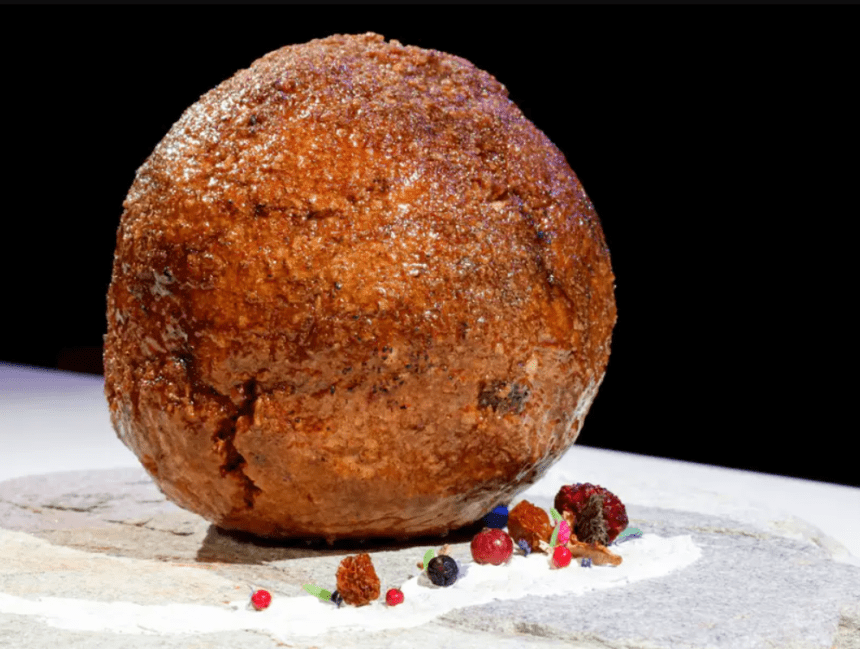This is an interesting and exciting news to hear back in 2021: “Lab-grown woolly mammoths could walk the Earth in six years if geneticist’s new start-up succeeds“. Harvard “Resurrection” Project using genetic engineering, a baby elephant could be born within six years (2027).
Leading the research team called Colossal, Professor George Church from Harvard Medical School has secured a $15 million investment (approximately NT$415 million) and announced their commitment to resurrect the woolly mammoth, which existed on Earth 4,000 years ago.
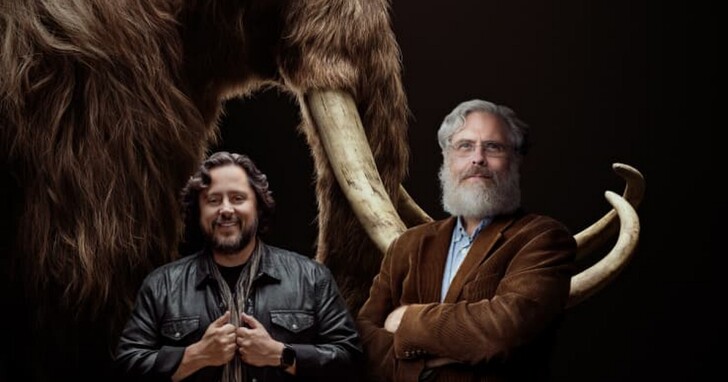
Harvard “Mammoth Resurrection” Project in 2021
Different from the cloning process used for sheep, the DNA extracted from mammoth remains has degraded and fragmented. Their approach involves genetic engineering of the endangered Asian elephant to create a new type of animal resembling the extinct woolly mammoth, adapted to withstand Arctic temperatures.
The project has been ongoing for many years, but there hasn’t been sufficient funding until now. With the recent investment, they have officially become a startup company and obtained $15 million in seed funding from various investors.
“In the past 15 years, we only had about $100,000, which is less than any other project in my lab, but it’s not due to a lack of passion,” said Professor Church. “Throughout these years, we never publicly released this project; it naturally emerged in conversations.”

Prior to this, Professor Church’s mammoth project was mostly just a dream until investors were willing to provide funding. He stated that they have analyzed the genomes of 23 existing elephant species and extinct mammoths. Currently, they estimate the need for over 50 edits to the DNA of modern Asian elephants to confer woolly mammoth traits.
Professor Church explained that Colossal’s goal is to create a baby elephant that “looks and behaves like a woolly mammoth.”

While it may sound like science fiction, Professor Church expressed confidence in genetically modifying Asian elephants, citing his previous work with pigs, where he conducted 42 gene edits in pig cells.
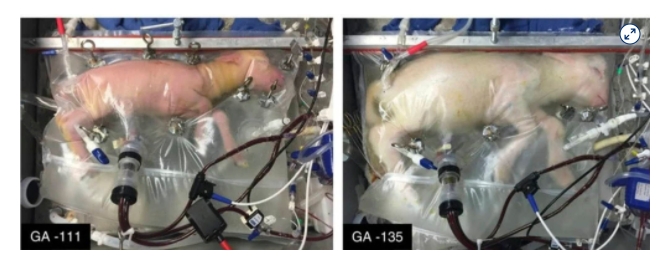
“Then we can take those nuclei, the parts that contain DNA, and move them into an egg, and it will develop into a pig under those circumstances,” said Church. He mentioned that these genetically modified pigs are healthy enough to be used for organ transplants in preclinical trials at three national hospitals.
“This is our proof of concept that we can do this,” he said. Although elephants are different from pigs, the experience gained will contribute to their future work. They plan to use an artificial womb to complete the development from embryo to infant but also consider using live elephants as surrogate mothers.
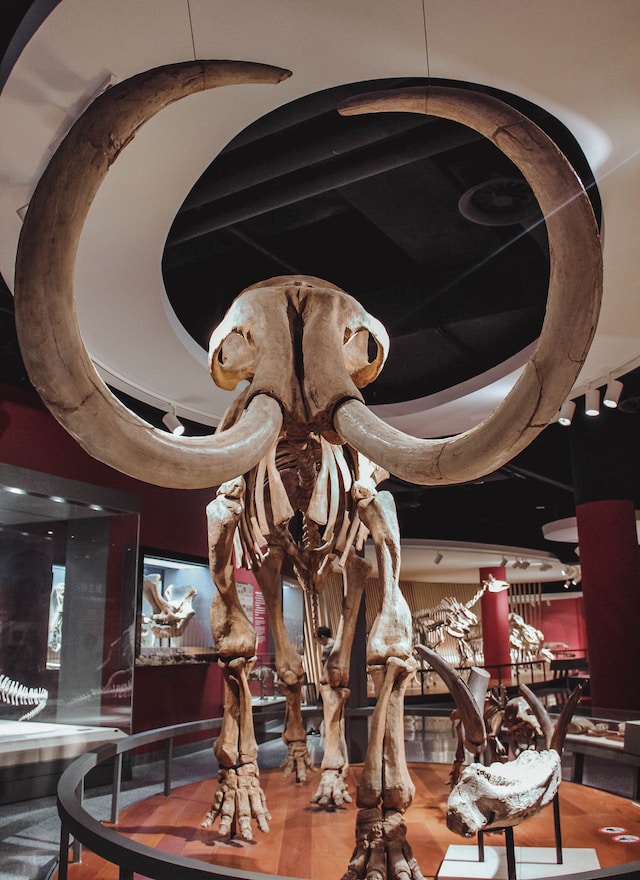
Professor Church estimated that Colossal could create a baby elephant within six years. He acknowledged that this estimate is optimistic, saying, “In the past, when people asked me this question, I would say, ‘I don’t know; we don’t have any funding.’ But now, I can’t avoid it. I want to say that six years is not impossible.”
Other scholars acknowledge the research value of Professor Church’s work, but they note that the outcome of such an approach would not be a true woolly mammoth but rather an elephant covered in long fur with a thick layer of fat.

VowFood “Lab-Grown Mammoth Meatball Project” in 2023
Lab-grown meat startup Vow created a “mammoth meatball” using a gene from mammoth DNA identical to that found in Asian elephants. The meatball is unlikely to taste like woolly mammoth, according to a meat specialist and mammoth DNA researcher.
Instead, the meatball might taste more like sheep since its mammoth gene is identical to that of Asian elephants.

PIROSCHKA VAN DE WOUW/AMSTERDAM/Reuters
Nobody tasted the meatball, because they were concerned that humans today might be allergic to the ancient protein.
Vow
Another startup, Paleo, added woolly mammoth myoglobin to a plant-based burger, which reportedly tasted “more intense” and “meatier” than veggie burgers made with beef myoglobin.
Lab-grown meat does not capture the true flavor of mammoth flesh, according to James Ryall, Vow’s chief science officer. The myoglobin gene in woolly mammoths and Asian elephants is largely identical, as confirmed by a professor of evolutionary genomics.
Myoglobin, which gives meat its red color, is not the main contributor to a meat’s flavor.
The flavor of meat primarily comes from the aromas of fat and the meatiness of muscle fibers.
Lab-grown meat, consisting of pure muscle cells, relies on proteins like myoglobin for flavor rather than fat. The mammoth meatball’s aroma while cooking was described as closer to crocodile meat than lamb.
Lab-grown meat has potential environmental and animal rights benefits compared to traditional meat production.
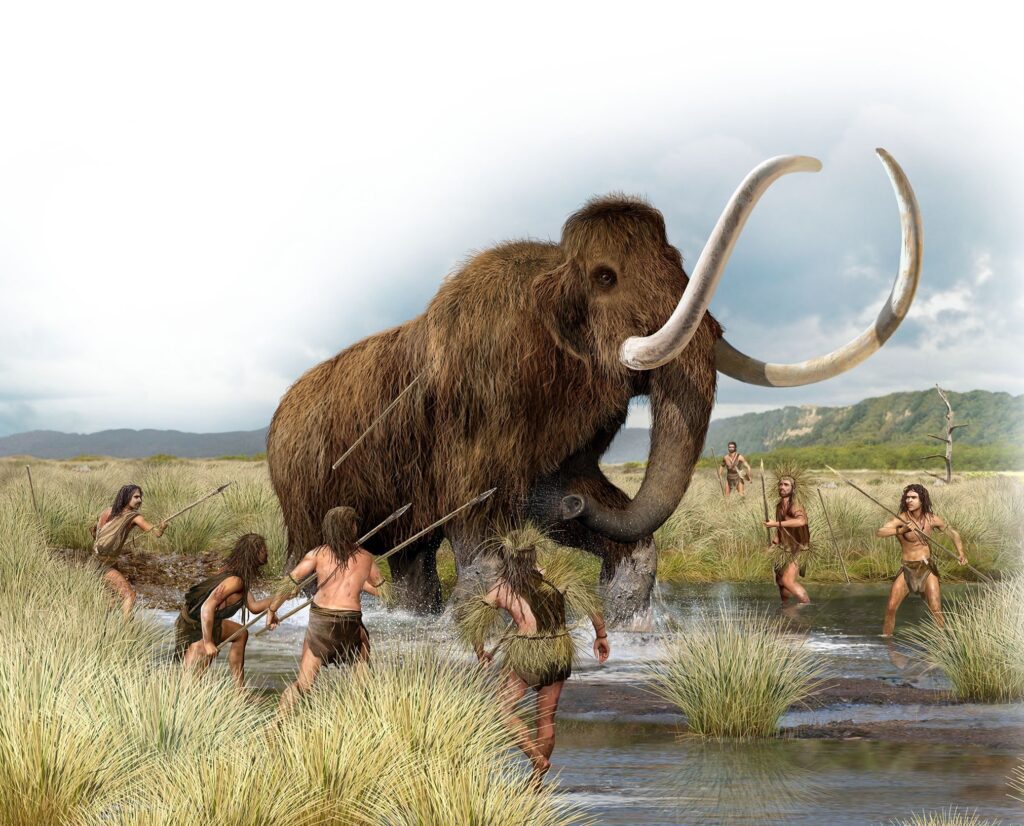
Real mammoth meat has not been widely available for at least 5,000 years, but a researcher who tasted frozen mammoth meat described it as resembling “putrified beef jerky.”
The true taste of mammoth meat remains unknown.
External Reference
- CNBC – Lab-grown woolly mammoths could walk the Earth in six years if geneticist’s new start-up succeeds
- Insider – The ‘mammoth meatball’ grown in a lab probably doesn’t taste like woolly mammoth at all
- Greenqueen – Paleo Secures Patents for 6 Heme-Based Precision Fermentation Proteins Including Woolly Mammoth

